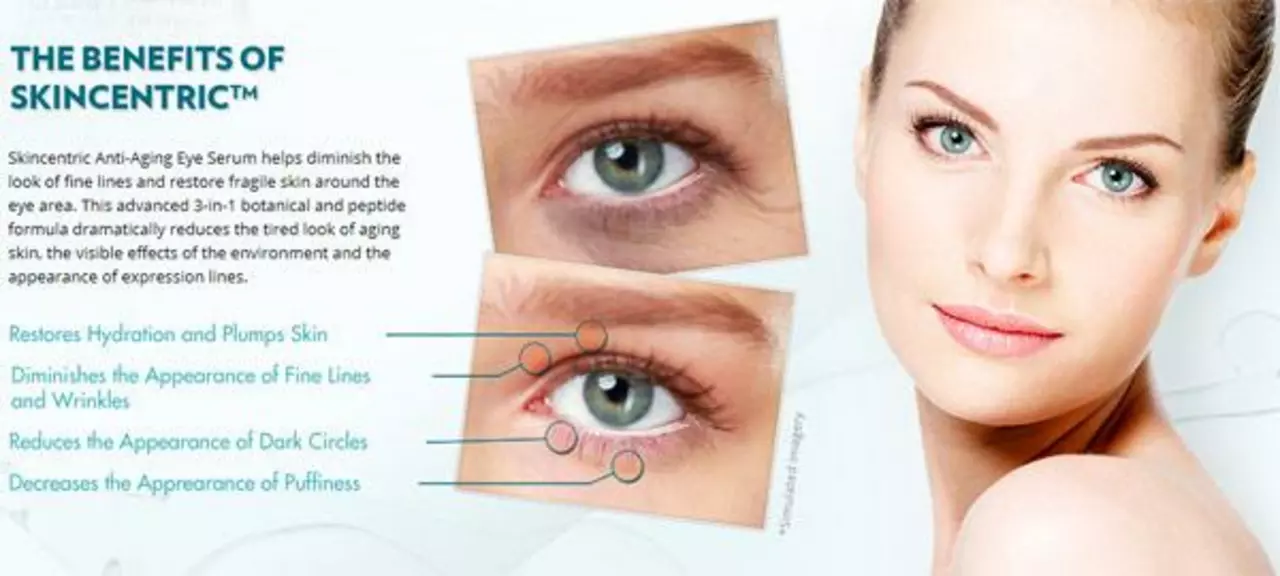Fresh Skin: Simple steps you can start today
Want fresher, calmer skin without overcomplicated routines? You don’t need a long list of products. Small, consistent changes matter more than trendy treatments. Below are practical steps you can use right now — from everyday care to safe use of prescription creams and buying meds online.
Everyday routine that actually helps
Start with a gentle cleanser—twice a day if your skin tolerates it. Use a fragrance-free moisturizer after washing while skin is slightly damp to lock in moisture. Sunscreen is non-negotiable: pick SPF 30+ and reapply if you’re outside. Keep products simple: one active ingredient at a time (like niacinamide or a mild retinoid) so you can spot what helps or irritates.
Patch-test new products on a small area for 48 hours. If you get redness, burning, or extra breakouts, stop and try something milder. For itch, avoid heavy scrubs; instead, try a soothing cream or an antipruritic like crotamiton when appropriate—follow label directions and don’t overuse. If you’re treating scaly or persistent rashes, see a clinician before starting stronger meds.
When to use prescription topicals and how to be safe
Topical steroids and prescription creams can help—but they can also cause problems if used too long or in the wrong place (like thin skin around the eyes). If a doctor prescribes a steroid cream, follow the exact duration they give. For itching or skin parasites, crotamiton cream often helps; read instructions, avoid open wounds, and check with a clinician if symptoms don’t improve in a week.
Want to order prescription creams or ointments online? Use reputable pharmacies, keep your prescription ready, and check reviews or verification badges. Our site covers tips for safe online buying: how to spot scams, what questions to ask, and which providers people trust. Don’t buy meds from sites that won’t verify prescriptions or hide contact details.
Support your skin from the inside: drink water, eat fiber-rich foods like wheat bran for digestion, and consider proven supplements only after checking interactions with any meds you take. Herbs like Asparagus racemosus are popular, but talk to a clinician before starting anything new, especially if you take prescriptions.
If you have sudden swelling, spreading redness, severe pain, or a fever, seek medical help right away. For slower problems—persistent acne, scaly patches, or rashes—book a visit with a dermatologist. They’ll help you pick the right topical, whether it’s an over-the-counter cream or a prescription you can safely order online.
Small, steady habits—gentle cleansing, sunscreen, patch-testing, and cautious use of prescription topicals—give you the best chance at fresh skin without drama. If you’re unsure, ask a pro before trying stronger treatments. Your skin will thank you for the care and patience.

The Impact of Air Travel on Wrinkles: Tips for Maintaining Fresh Skin on the Go
As a frequent traveler, I've noticed that air travel can have a significant impact on my skin, especially when it comes to wrinkles. The dry cabin air and changes in pressure can easily dehydrate our skin, making it more prone to fine lines and wrinkles. To maintain fresh and youthful skin on the go, I always make sure to stay hydrated by drinking plenty of water, using a moisturizer specifically designed for air travel, and applying a hydrating face mask during long flights. Additionally, getting enough sleep and avoiding excessive sun exposure can also help keep our skin looking its best during our travels. So, don't forget to take care of your skin while traveling to keep it looking fresh and wrinkle-free!
